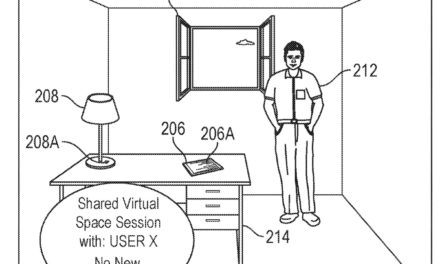According to ABI Research’s “Mobile Internet Pricing Q1-2014 Market Data,” more than 55% of the cheapest country tariff plans are 4G compared to just 22% a year ago. This has been driven by the aggressive deployment of LTE networks and a wider choice of consumer-centric LTE smartphones.
“However, we found that the average cost of mobile Internet tariff plans across the cheapest 20 markets increased by 8.24% between Q1-2013 and Q1-2014,” comments Marina Lu, research associate at ABI Research (http://www.abiresearch.com). “While 55% of the 20 cheapest country plans were 4G, 4G tariff plans were only marginally more expensive than 3G tariff plans. One year ago, the 4G data pricing was around 20% higher than 3G for the equivalent data-plan. Competition is forcing the mobile operators to pare down the prices of even their 4G tariffs.”
The current 4G service adopters are bigger spenders than their 3G and 2G counterparts, and mobile operators are keen to lure across these upgrading 4G subscribers, but carriers should not over-shoot in their tariff plan reductions.
“For example, in the French Market, a price war was initiated by Free Mobile providing a low-cost 4G package as a competitive response to Bouygues Telecom. Bouygues Telecom had announced that 3G subscribers upgrading to 4G would continue to pay 3G prices,” says Jake Saunders, vice president and practice director, ABI Research. “Mobile carriers should be getting an ARPU boost from 4G and should not be in a race to bargain basement prices. LTE Multi-device Shared Plans are one solution that does boost ARPU [average revenue per user].”
In many markets, in-country voice dialing and text messaging have become heavily commoditized. Mobile operators, such as Vodafone, T-Mobile, and Telefónica, now offer unlimited text and voice for their mid and high tier data quota plans. This type of Multiple Tiered Data Tariff now represents 46.7% of all tariff plans. Multi-device Shared Plans are starting to gain traction in the market as they now represent 8.3% of tariff plans, growing 38% quarter-over-quarter.


